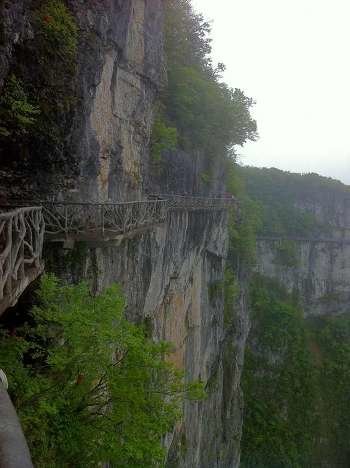Introduction
 Zhangjiajie is a region of China beloved for its magnificent natural beauty. One of the most fascinating national parks in the world, Zhangjiajie served as the visual inspiration for the other-worldly landscape featured in the blockbuster film, Avatar. From the more than 3,100 immense quartzite sandstone pillars reaching to the clouds (some over 2,600 feet tall) to the pastoral streams flowing beneath to the verdant forests throughout, Zhangjiajie is truly a must-visit destination in China for any traveler.
Zhangjiajie is a region of China beloved for its magnificent natural beauty. One of the most fascinating national parks in the world, Zhangjiajie served as the visual inspiration for the other-worldly landscape featured in the blockbuster film, Avatar. From the more than 3,100 immense quartzite sandstone pillars reaching to the clouds (some over 2,600 feet tall) to the pastoral streams flowing beneath to the verdant forests throughout, Zhangjiajie is truly a must-visit destination in China for any traveler.
The main attraction in Zhangjiajie is the Wulingyuan Scenic Area, which is a UNESCO World Heritage site noted for its lush vegetation, unique sandstone pillars, pristine waters and a wide variety of flora and fauna. Wulingyuan contains three major sites: Zhangjiajie Forest Park, Suoxi Vale, and Tianzi Mountain, covering a total of 153 square miles.
Zhangjiajie also is an energetic tourist city. Nine percent of the city, or about 190 square miles, has been zoned as a provincial national scenic spot and natural protection zone. The area also features scenic spots and historical sites such as Puguang Temple (a combined sanctuary of Buddhism and Taoism, built in 1413), Yuhuang Dong Rock Cave, and the former residence of renowned Helong and Duxin’s.
